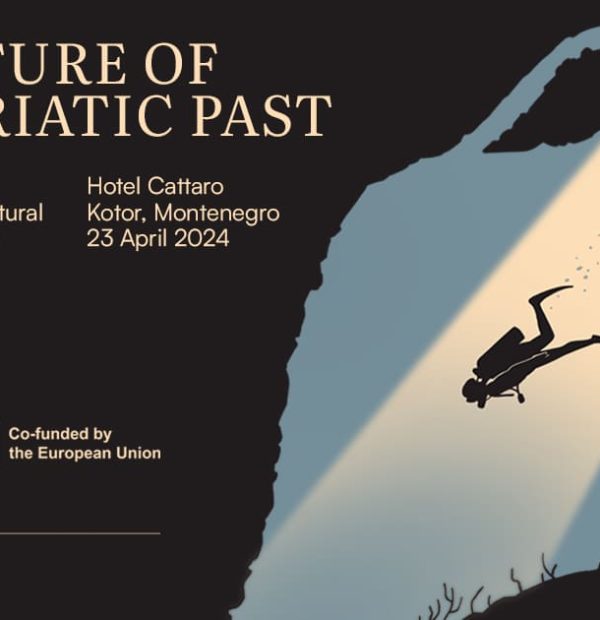Tuesday, 14 May 2024
Menu

A four-metre boat made of a single piece of wood was discovered by a chance finder in the Bug River at the level of the village of Stary Bubel in the Lublin voivodeship. Preliminary physical and chemical analyses indicate that it was made between the 15th and around the middle of the 17th century.
“The chiselers are not an exceptionally rare find, but they are certainly interesting and worth attention. Currently, more than 330 of them are known from the territory of Poland. Boats for which the age has been established mostly come from the Middle Ages and modern times,” Grzegorz Śnieżko from the Institute of Archaeology and Ethnology of the Polish Academy of Sciences in Warsaw explains to PAP.
Marek Saciuk, an inhabitant of Niemirów in the Mielnik commune, came across the protruding piece of wood while fishing. Thinking that a 10 cm piece of wood sticking out of the water is of natural origin, he decided to come back for it and use it as a decoration of his garden. After pushing away enough sand underwater, the wood floated to the surface. Then it turned out that it was a hulk, i.e. a one-footed boat.
“It is difficult to assess without excavation whether it was brought to the site of the discovery by the current from upstream, or whether it is in the place where the boat was left by the last user and lost perhaps as a result of a bank break, whereby the earth submerged the dugout canoe,” comments Śnieżko.
Scientists have only just begun to analyse the boat. Most likely, it was made of oak. The preserved length of the monument measures 4 metres, but researchers believe that originally it was several centimetres longer. When gouging the trunk, more or less in the middle of the length of the hull, one bulkhead was left, separating the bow section from the stern section. While making the front side, in the upper part of both sides, slightly below their edges, two longitudinal elements of triangular cross-section were formed – probably serving for attaching the bench. On the preserved part of the bow of the boat one can see a thickening and a groove preceding it from the inside – it might be a fragment of an element used for fastening a mooring rope. The boat was most probably used by one person both for fishing and moving around – the researcher supposes.
“The mayor of Mielnik municipality in Podlaskie voivodeship declared his support both in terms of research and conservation of the monument, who also applied to the Monuments Protection Office to deposit the boat in the Centre for the History of Mielnik Land. It was in the area of this historical administrative unit that the discovery was made,” explains the archaeologist.
The Laboratory of Absolute Dating in Cianowice conducted analysis of wood samples using the radiocarbon method (C14). On its basis dates between the end of the 15th and about the middle of the 17th century were obtained. However, according to the archaeologist, these results should be treated as preliminary. Parallel to the analyses, estimates connected with the valuation of the conservation of the unusual monument are being made.
“We should particularly note the exemplary behaviour of the discoverer of the monument, who reported his find to the local authorities and got the Laboratory of Absolute Dating interested in it. It is Mr. Saciuk to whom we owe the first dating of the wood sample taken from the dugout canoe. That is why, together with the documentation sent to the conservator of historical monuments, I included a suggestion that it would be worth applying for an award from the Minister of Culture and National Heritage for the discoverer of an archaeological find. Such attitudes should be publicised and rewarded in the society’, concludes Śnieżko.
Source: PAP – Science in Poland










Welcome to DIVERS24.COM, your daily source of scuba news, freediving, scuba diving information, and equipment reviews. Our comprehensive coverage of the dive industry from A to Z provides you with all the latest scuba news, training updates, underwater photography tips, and everything else related to scuba diving. Whether you’re a beginner or an experienced diver looking for more knowledge about scuba gear or techniques – we’ve got it covered! With our in-depth articles written by experienced divers who have been there and done that, you are sure to find exactly what you need here at Divers24.com. Dive into scuba news today!
Underwater Media Sp. z o.o.
Szafarnia 11/F8,
80-755 Gdansk, Poland
Welcome to DIVERS24.COM, your daily source of scuba news, freediving, and scuba diving information. Sign in for a weekly news update and discount coupons for dive gear and apparel.
@2023 - underwatermedia.pl. All Right Reserved. Designed and Developed by Tworzenie stron internetowych Gdansk

The Divers24 portal is currently the largest online medium treating diving in Poland. Since 2010 we have been providing interesting and important information from Poland and around the world on all forms of diving and related activities.
Contact us: info@divers24.com